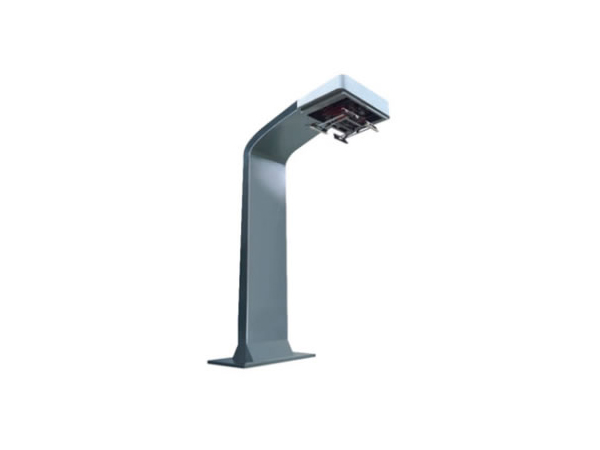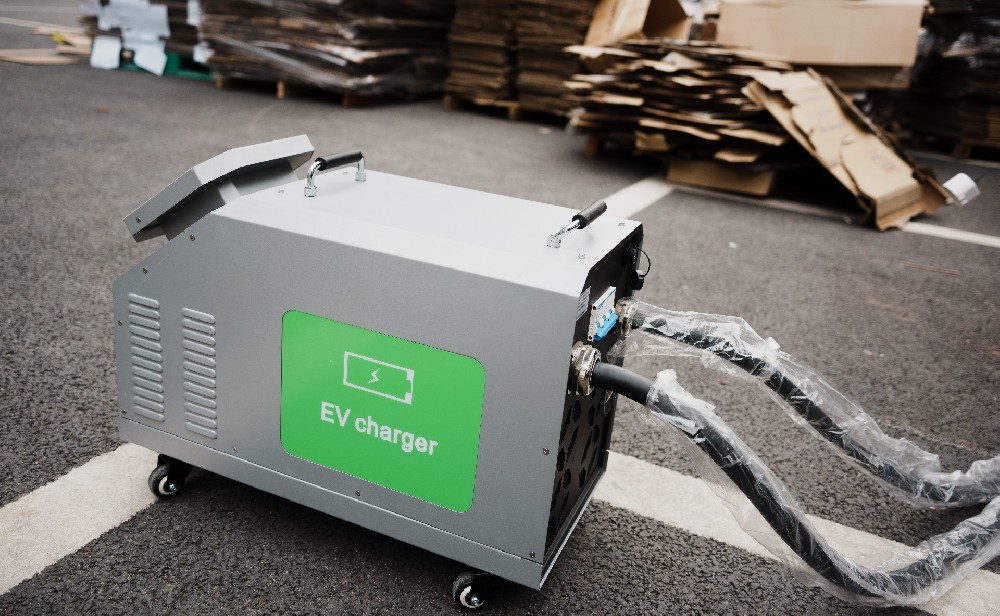-
13822183778@139.com
-
13822183778
New energy vehicle AC charging stations are more popular because they are easy to install
Both AC charging stations and DC charging stations are used to charge electric vehicles, with the difference being that one belongs to fast charging and the other belongs to slow charging. AC charging stations take 7-10 hours to fully charge, while DC charging stations only take 40 minutes to fully charge, and can be fully charged in one and a half hours. In terms of charging time, DC charging stations definitely have significant advantages, as no one can resist the attraction of fast charging time.

In fact, AC charging stations are more popular. Firstly, AC charging stations have lower costs, simpler construction, and do not have a large load on transformers. The distribution cabinets in the community can be directly installed with electricity. The maximum charging power of the AC charging station is 7KW. As long as it is an electric vehicle, it generally supports AC charging. Electric vehicles have two charging ports, one is a fast charging port and the other is a slow charging port. Some non-standard electric vehicles may only use AC charging ports and cannot use DC charging stations.
Many residential areas do not have the installation conditions for DC charging piles, resulting in slow installation and low market share. If car charging piles are installed, AC charging piles are generally chosen. From the perspective of car owners, AC charging stations are still very popular and are the mainstream equipment installed in residential areas. The equipment cost is low and the installation conditions are relatively simple. Generally, a single gun AC charging station uses a 326A 220V incoming line, with three neutral, live, and ground wires. Many distribution cabinets in residential areas have this installation condition. A single gun car charging station can use a 10 square meter main line, which is also the reason why AC charging stations are currently popular.
 How long does it take to charge ···
How long does it take to charge ···
 DC Fast Charging CCS type 2 plug
DC Fast Charging CCS type 2 plug
 The high-voltage and high-curren···
The high-voltage and high-curren···


